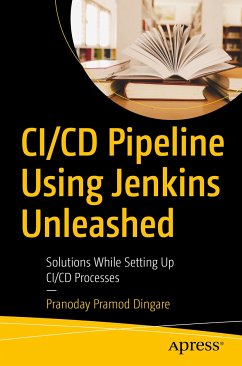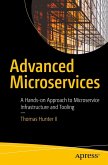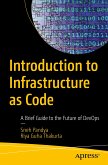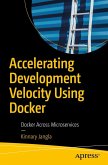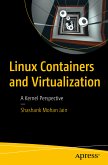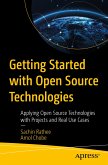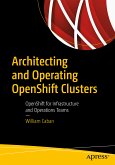This book starts with an introduction to Jenkins and covers its architecture and role in CI/CD. The basics are covered, including installing and configuring Jenkins. Tool configuration and plugins are discussed as well as available security measures such as credentials. You will learn what is meant by Job in Jenkins, its types, sections, and much more. You will look at Java API: projects, jobs, configuration. The concluding chapters take you through creating pipelines, their role in managing web apps, and distributed pipelines. The book also covers unit testing using TestNG as well as end-to-end testing using Selenium Python as a part of building a life cycle and setting up Jenkins on different physical and Docker environments as well as Jenkins integration with cloud environments such as AWS. And you will learn how to create reusable libraries for use in Jenkins Pipeline and control Jenkins servers using Jenkins CLI and REST APIs. The new Jenkins Blue Ocean also is covered.
What You Will Learn
- Apply Jenkins to create end-to-end pipelines
- Integrate Jenkins with AWS, Docker, Git, and many more tools
- Use Selenium automation for end-to-end testing
- Create distributed pipelines
Dieser Download kann aus rechtlichen Gründen nur mit Rechnungsadresse in A, B, BG, CY, CZ, D, DK, EW, E, FIN, F, GR, HR, H, IRL, I, LT, L, LR, M, NL, PL, P, R, S, SLO, SK ausgeliefert werden.
Hinweis: Dieser Artikel kann nur an eine deutsche Lieferadresse ausgeliefert werden.

